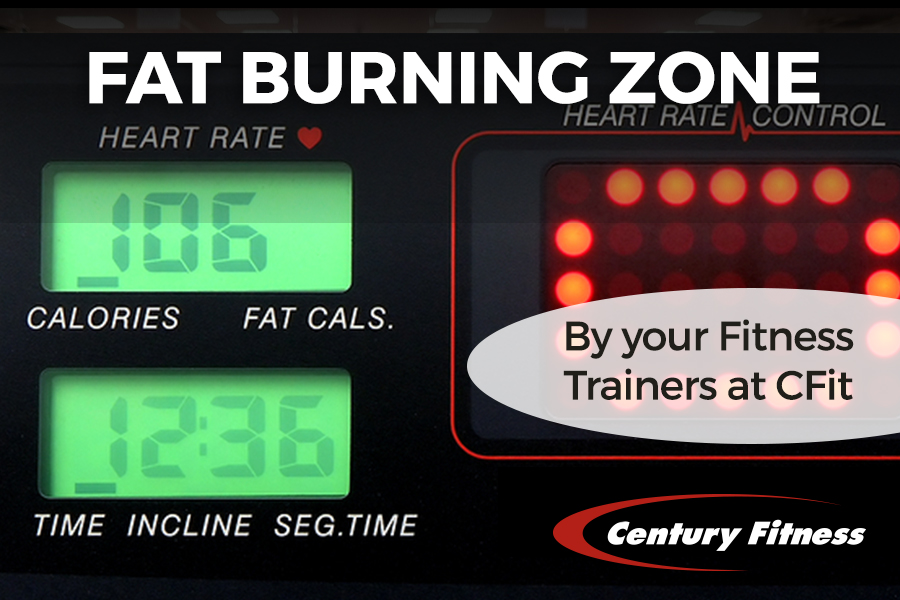Have you noticed that many of the different cardio machines have a Heart Rate Training Zone chart? That chart is a general guideline derived from the most basic of fitness calculations. The formula is a maximum heart rate of 220 minus your age and times a certain percentage ranging from 55 to 95. The lower percentages are for beginners, or a slow steady recovery day, or perhaps someone with a condition that prevents them from having an elevated heart rate.
The “Fat Burning Zone” is a bit outdated and can be misleading. When you perform cardio exercise at lower intensities (even as low as 50%) you burn a higher percentage of calories from fat. Hold on, pump the brakes… that sounds like lighter workouts burn the fat better! Yes but no actually. So lower intensity draws a higher percentage of calories from fat, but as the intensity goes up more overall calories are burned including fat and carbs.
Now let’s press down the accelerator and use the time with a much higher intensity workout. Even though a lower percentage of fat calories are burned, many more total calories are burned and the percentage is basically negated. The end result is that you still burned fat calories, some carb calories and you burned a whole lot! The more impressive caloric deficit you have now created through exercise leads to better weight loss or control, and much better overall fitness.
To wrap up the Fat Burning Zone, just focus on cardio workouts that push your heart rate quite a bit higher as long as you are ready and build up steadily. Have an occasional rest day and even swap out a hard cardio for a lower intensity once in a while to give your body a break.
Remember to keep focused on all the aspects of fitness. That’s strength, endurance, cardio, body composition and flexibility. A well-rounded plan gives the best lasting results. Feel free to chat with any of the Century Fitness Trainers about your program.
This article is intended to provide general knowledge of health and fitness principles and should not be taken as medical advice or used to diagnose health problems or for treatment purposes. It is not a substitute for medical care provided by a licensed and qualified health professional. Always consult your doctor or licensed healthcare provider for personalized advice on diet and exercise.


Recent Comments